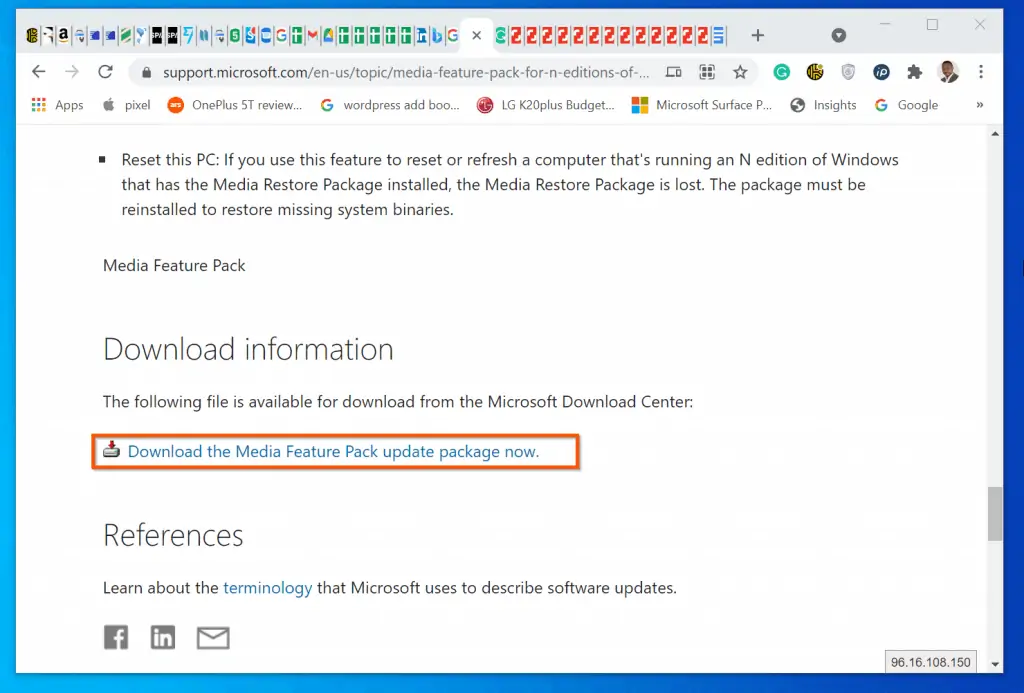Staying Connected Above the Clouds - The Rise of In-Flight Wi-Fi and Its Impact on Cellular Data Usage

For years, airplane mode was synonymous with digital detox. Stepping onto an aircraft meant severing ties with the online world, a temporary retreat from the constant buzz of notifications and data streams. However, the landscape of in-flight connectivity has dramatically shifted. The rise of in-flight Wi-Fi is transforming how we experience air travel, offering seamless connectivity at 30,000 feet and challenging the very notion of airplane mode.
Taking Off: The Growth of In-Flight Wi-Fi
No longer a luxury reserved for premium cabins, in-flight Wi-Fi has rapidly become a standard offering across airlines globally. According to a 2023 report by Inmarsat, a leading provider of global mobile satellite communications, over 60% of airlines worldwide now offer some form of in-flight connectivity. This number is projected to skyrocket to nearly 90% by 2028, highlighting the surging demand for internet access on board.
The technological advancements in satellite communication have been instrumental in fueling this growth. Faster speeds, wider coverage, and lower latency are making in-flight internet a viable option for travelers wanting to stay productive, entertained, or simply connected throughout their journey.
Airplane Mode and the Cellular Conundrum
While in-flight Wi-Fi offers a portal to the digital world, it's essential to consider its impact on cellular data usage. Traditionally, airplane mode was crucial for several reasons:
- Interference Prevention: Active cellular signals from mobile devices could potentially interfere with sensitive aircraft navigation and communication systems.
- Battery Preservation: Constantly searching for cell towers at high altitudes drained phone batteries rapidly.
- Roaming Charges: Connecting to foreign networks unintentionally while in the air could lead to exorbitant roaming fees.
With the advent of in-flight Wi-Fi, the question arises: Is airplane mode still necessary?
Navigating the New Normal: Data Usage Considerations
The answer, like most things in the digital age, is nuanced. While in-flight Wi-Fi mitigates some concerns associated with cellular data usage on planes, certain factors warrant consideration:
1. Cost vs. Convenience
In-flight Wi-Fi often comes at a price. While some airlines offer complimentary access, many charge fees that can vary based on duration, data limits, or subscription plans. Conversely, using cellular data in airplane mode depends on your carrier's international roaming policies, which can result in unexpected charges if not carefully managed.
2. Data Limits and Speed
In-flight Wi-Fi plans typically come with data caps, limiting the amount of data you can consume. Additionally, the speed and reliability of in-flight internet can fluctuate depending on factors like the number of users, satellite coverage, and weather conditions. Cellular data, on the other hand, might offer faster speeds and greater reliability, depending on your plan and location.
3. Security and Privacy
Public Wi-Fi networks, including those on airplanes, pose inherent security risks. Using strong VPNs (Virtual Private Networks) is crucial to encrypt your data and protect your privacy when connected to in-flight Wi-Fi. Cellular data, routed through your mobile provider's network, generally offers a more secure connection.
In Conclusion: Striking a Balance
The choice between using in-flight Wi-Fi and cellular data while on an airplane hinges on individual needs, preferences, and travel circumstances. While in-flight Wi-Fi provides a convenient gateway to online connectivity, it's crucial to weigh the costs, data limitations, and security implications.
Understanding your mobile data plan, researching airline Wi-Fi options, and prioritizing security measures like VPNs are essential steps in navigating the evolving landscape of in-flight connectivity. Ultimately, the key lies in staying informed and making choices that align with your digital habits and budget, ensuring a seamless and connected journey above the clouds.

















Comments ()